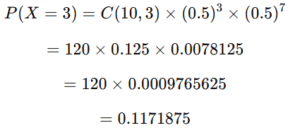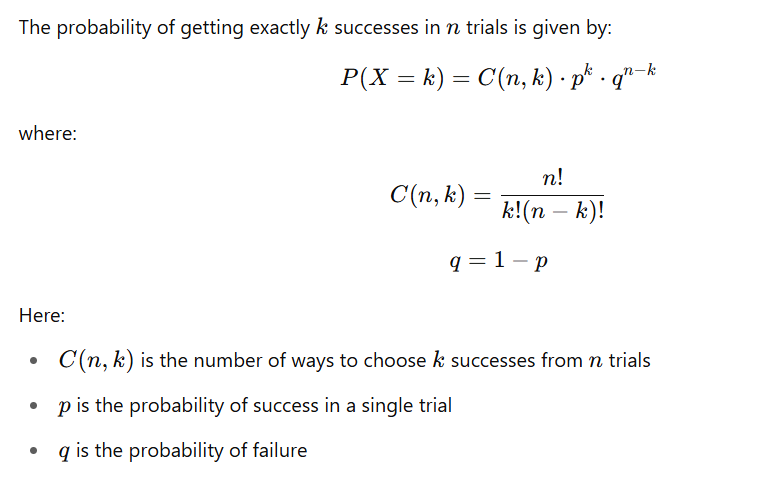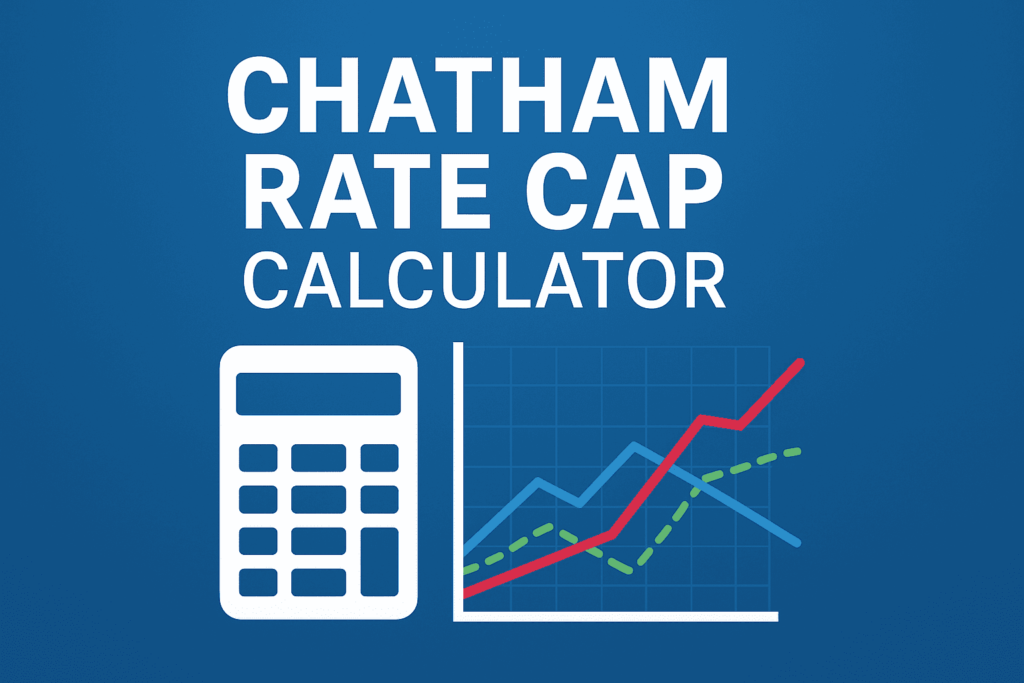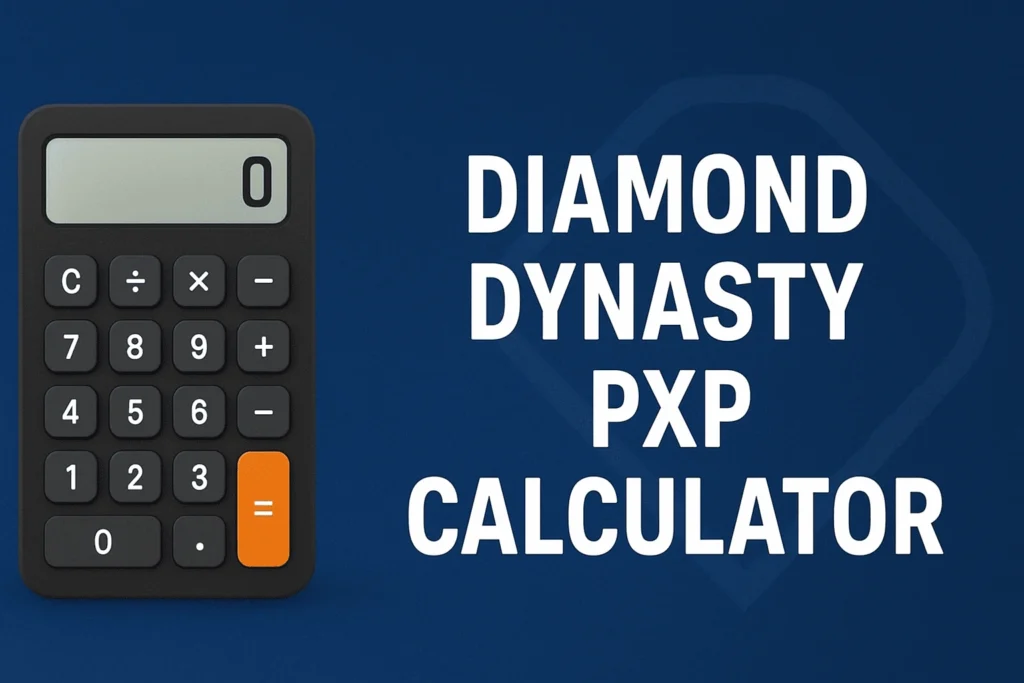Binomial Distribution Calculator – Free Online Tool with Formula & Examples
Binomial Distribution Calculator
Result Post Generator
Result & Admit Card Post Generator Result & Admit Card Post Generator...
Read MoreAdmit Card Post Generator
Admit Card Post Generator Admit Card Post Generator Input Details Fill in...
Read MoreRecruitment
Recruitment Information Generator Recruitment Information Generator Create professional recruitment blog posts with...
Read MoreMain Video Recruitment Table Template
Recruitment Details Input Template Load Job Post Name Example Post
Read MoreJob video voice over generator tool
Job Script Generator Department/Board Name: Post Name: Total Posts: Last Date: Min...
Read MoreMali Samaj
Mali Samaj — Family Explorer Mali Samaj Family Directory Interactive member explorer...
Read MoreManufacturing Project Explorer — Bhavesh Manufacturing Project Explorer Interactive project presentation —...
Read MoreChatham Rate Cap Calculator – Calculate Interest Rate Caps & Costs Easily
Learn how to use the Chatham Rate Cap Calculator to manage interest...
Read MoreVehicle Wrap Pricing Calculator: How to Estimate the Cost of Your Vehicle Wrap
Vehicle Wrap Pricing Calculator Vehicle Wrap Pricing Calculator Car Make — Select...
Read MoreDiamond Dynasty PXP Calculator 2025 | Calculate MLB The Show Player XP Easily
Calculate your Player Experience Points (PXP) fast and accurately with our Diamond...
Read More5 Easy Steps To Use The WoW Classic Talent Calculator
Discover how to use the WoW Classic Talent Calculator in 5 easy...
Read MoreBinomial Distribution Calculator – Easy and Accurate Online Tool
Use this simple and free Binomial Distribution Calculator to find success and...
Read MoreBinomial Cube Montessori: Purpose, Formula & Benefits for Early Learning
Discover the Binomial Cube Montessori material — its purpose, presentation, formula, and...
Read MoreBinomial Squared: 5 Easy Steps to Understand and Use It in Math
Learn what a binomial squared is, how to expand or factor it...
Read More5 Easy Steps To Calculate Binomial Distribution Confidence Interval
Learn how to calculate binomial distribution confidence intervals using step-by-step methods, formulas,...
Read MoreBinomial Probability Table: 5 Easy Steps to Read & Use It Like a Pro
Learn how to use the binomial probability table in 5 easy steps....
Read MoreBinomial Distribution Table: 5 Easy Steps to Read, Use & Calculate Accurately
The binomial distribution table is one of the most useful tools in...
Read MoreRelated Calculators
How to Use the Binomial Distribution Calculator
Easy Steps to Use the Binomial Distribution Calculator
Fill in the Number of Trials (n)
Enter how many times you plan to repeat the experiment.
For example, if you toss a coin 10 times, put 10 in this box.
Number of Successes (k)
Put in how often you want your result to occur in the total set of attempts.
Example: Suppose you are tossing a coin 10 times and hope to get heads 3 times — in that case, write 3.
Probability of Success (p)
Write the chance of getting your chosen outcome in one try.
Example: If using a fair coin, this would be 0.5.
The value must be a decimal between 0 and 1.
Press Calculate
The tool will display the probability in decimal and fraction form. It will also show C(n, k) and other details in a table.
Check Your Result
The answer will appear clearly below the button, showing your input values and the final probability.
Want a complete solution for all your binomial questions? Use our Binomial Distribution Calculator to calculate probabilities, PMF, CDF, and more with real-life examples.

What is the Binomial Distribution?
We call it “binomial” because each trial has two possible outcomes (bi means two).
You can use this when:
- You do the experiment a fixed number of times
- The chance of success stays the same for each try.
- Each trial doesn’t affect the others
When Can You Use the Binomial Distribution?
- You repeat the experiment a set number of times (like 10 coin flips)
- Each trial gives either success or failure
- The chance of success is always the same
- The trials are independent (one doesn’t change the next)
Simple Example
Suppose you are flipping a coin 10 times. You want to know the chance of getting exactly 3 heads.
Here’s what we have:
- Number of trials (n) = 10
- Number of successes (k) = 3
- Chance of success (p) = 0.5 (because heads = 50% chance)
- Chance of failure (q) = 0.5 (since tails = 50% chance)
The binomial distribution tells us how likely it is to get 3 heads in 10 coin tosses.
Binomial Distribution Formula
To find the probability:
![]()
Where:
- C(n, k) means the number of ways to choose k successes out of n trials
- p^k is the chance of success raised to k
- q^{n – k} is the chance of failure raised to (n – k)
Example Calculation
Let’s calculate the chance of getting 3 heads in 10 flips:

So the chance is about 11.7%.
Where Is Binomial Distribution Used?
You can use the binomial distribution in real life for:
- Finding chances in surveys (like yes or no answers)
- Checking how many items in a batch are defective
- Figuring out chances in genetics (like getting a certain trait)
- Sports (like how many free throws a player makes)
For full control over binomial probability, try our binomial distribution calculator — it covers both PMF and CDF with step-by-step instructions.
What is a binomial distribution calculator?
A binomial distribution calculator helps you compute the probability of a certain number of successes in a set number of trials, based on a fixed success probability.
How do I use a binomial distribution calculator?
To use it, enter the number of trials (n), desired number of successes (k), and the success probability (p). The calculator shows the exact probability instantly.
Is this binomial calculator free to use?
Yes. This calculator is completely free and works on any device — desktop, tablet, or mobile. No sign-up is required.
Does this calculator support PMF and CDF?
Absolutely. You can calculate both PMF and CDF values along with confidence intervals and other related statistics.
Who can use this binomial distribution calculator?
It's perfect for students, teachers, researchers, statisticians, and anyone working with probability and statistics.
Binomial Distribution FAQs
1. What is a binomial distribution?
A binomial distribution tells us the chance of getting a certain number of successes when we do something the same way many times. Each try has only two results — either success or failure — and the chance of success stays the same every time.
2. When should I use the binomial distribution?
You should use the binomial distribution when:
- There is a fixed number of trials (n).
- Every trial results in either a success or a failure, with no other possibilities.
- The chance of success (p) stays constant for all the trials.
- All trials are independent.
Example: Tossing a coin multiple times, checking if a machine produces defective items, or counting free throws made in basketball.
3. How do you calculate a binomial distribution?
We use this formula to work out the chance of getting k successes in n tries.

4. How can I solve a binomial distribution on a TI-84 calculator?
On a TI-84 calculator, you can use:
- binompdf(n, p, x) → Finds the probability of exactly x successes.
- binomcdf(n, p, x) → Finds the cumulative probability of x or fewer successes.
You can access these by pressing:
2nd → VARS → scroll to A:binompdf( or B:binomcdf(
5. What does the graph of a binomial distribution look like?
A binomial distribution graph is a bar graph that shows the probability of each possible number of successes.
- If p = 0.5, the graph is symmetric.
- If p < 0.5 or p > 0.5, the graph is skewed.
- The bars represent the probability for each k (number of successes).
6. How is the binomial distribution different from the normal distribution?
- The binomial distribution is discrete (counts whole number successes).
- The normal distribution is continuous, so it can take any value within a given range.
- The binomial distribution has two outcomes per trial; normal distribution describes outcomes that spread out smoothly across a range.
- When n is large and p is not too close to 0 or 1, the binomial distribution can be approximated by a normal distribution.
7. How do I find the mean of a binomial distribution?
The average (mean) number of successes in a binomial distribution is calculated using:
μ=n×p
where:
n = total number of trials
p = probability of success in each trial
8. What is the formula for the standard deviation of a binomial distribution?
The standard deviation (σ\sigmaσ) of a binomial distribution is:

Where:
- n = number of trials
- p = probability of success
- q = 1 – p (probability of failure)
9. Is the binomial distribution discrete or continuous?
The binomial distribution is discrete because it counts whole numbers of successes (0, 1, 2, …, n).
10. What are some real-life uses of the binomial distribution?
Examples include:
- Predicting the number of heads in coin flips
- Counting defective products in manufacturing
- Survey responses (yes/no)
- Successes in games or sports (like free throws made)
Conclusion
The Binomial Distribution Calculator makes it easy to compute the probability of a certain number of successes across multiple independent trials. Whether you are a student, teacher, or researcher, this tool helps save time and ensures accuracy in solving binomial distribution problems. Use it to explore probabilities, check your work, or enhance your understanding of binomial concepts.
Disclaimer
This Binomial Distribution Calculator is designed for educational and informational use only. While we aim to provide accurate results, we do not guarantee error-free calculations. Please verify important results manually or with other trusted methods, especially for academic, professional, or official use. We are not responsible for any decisions or actions taken based on the use of this calculator.









